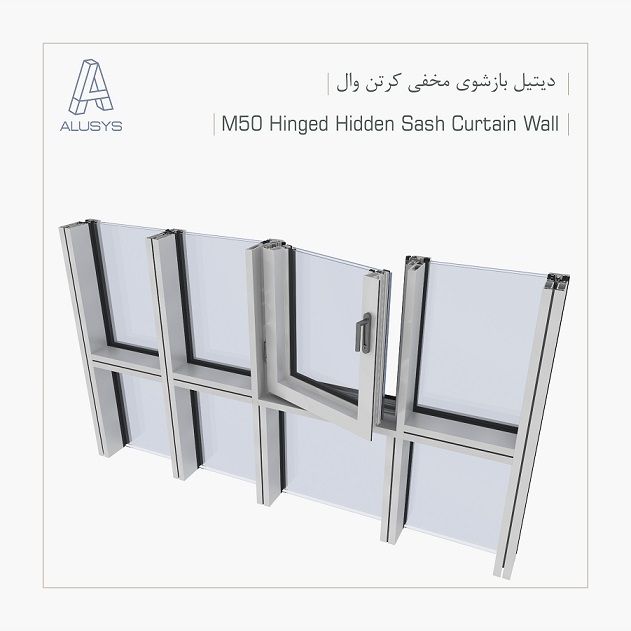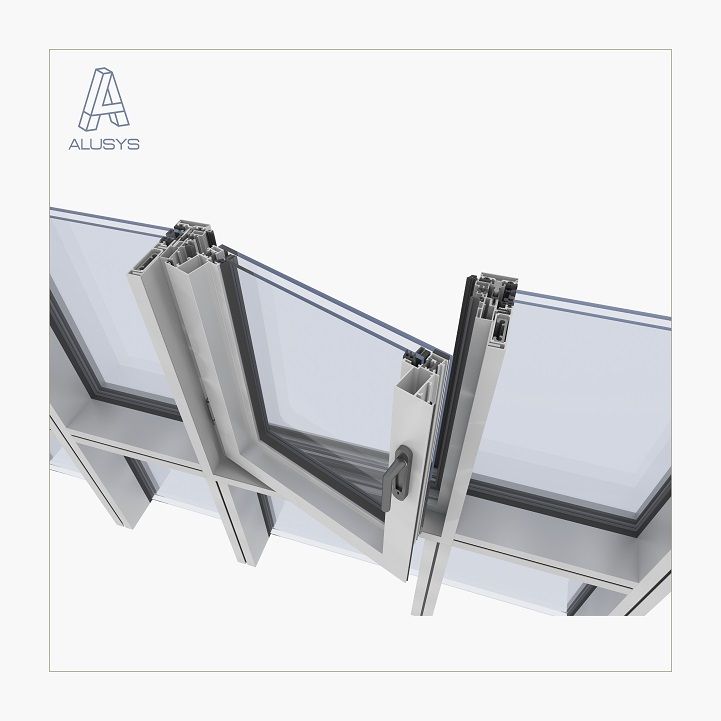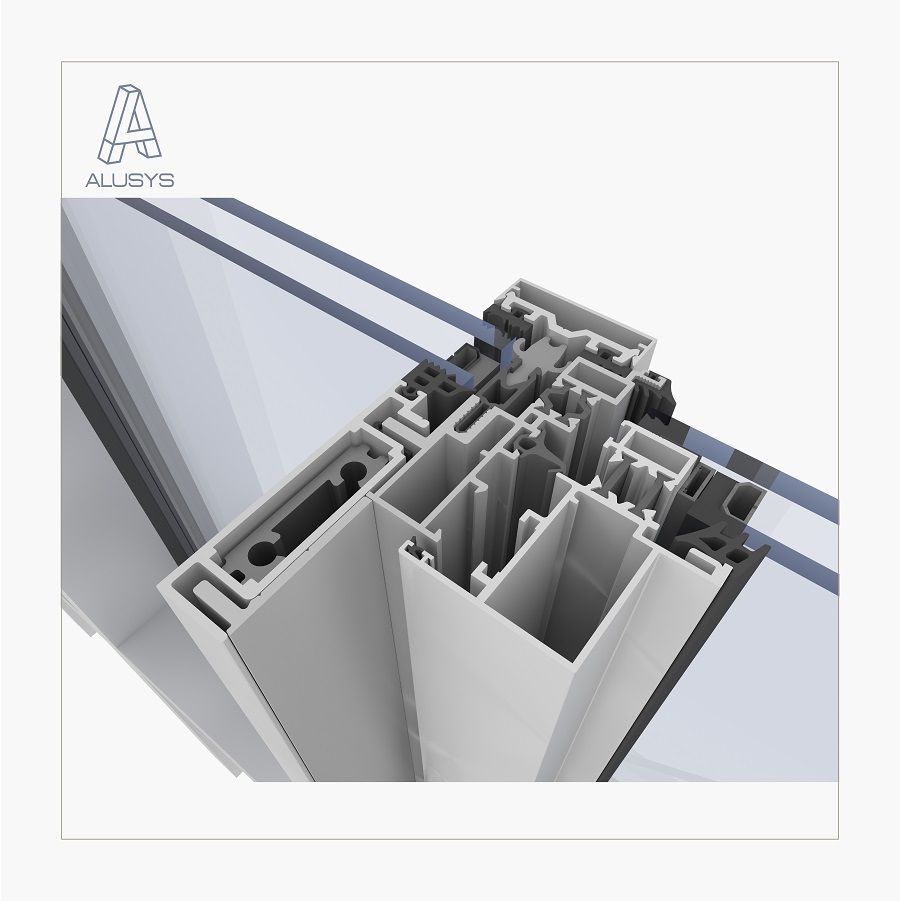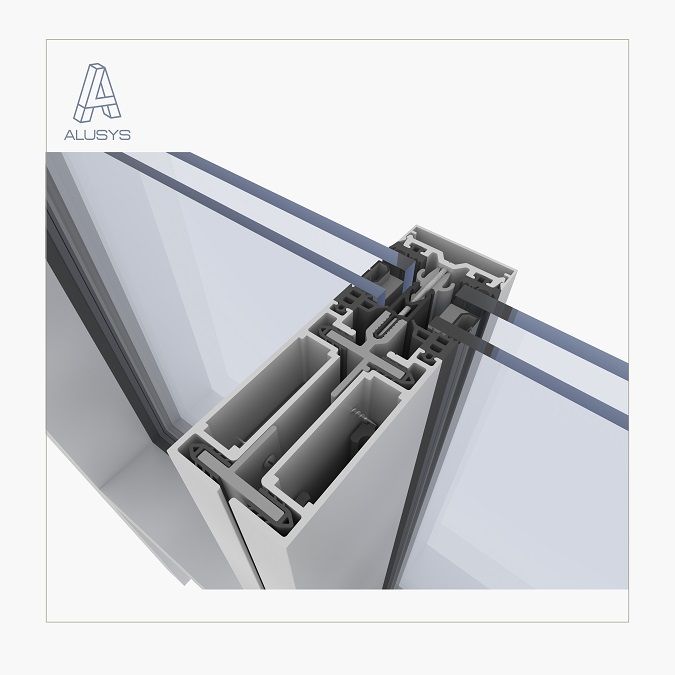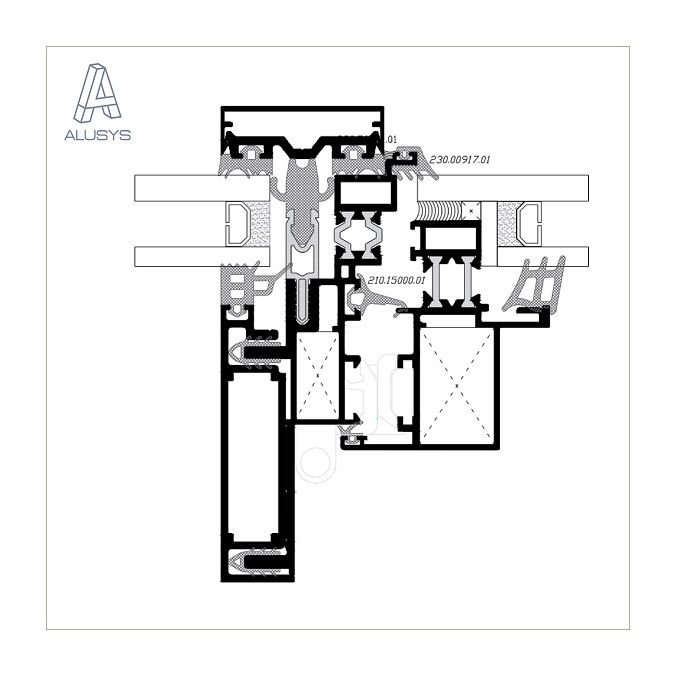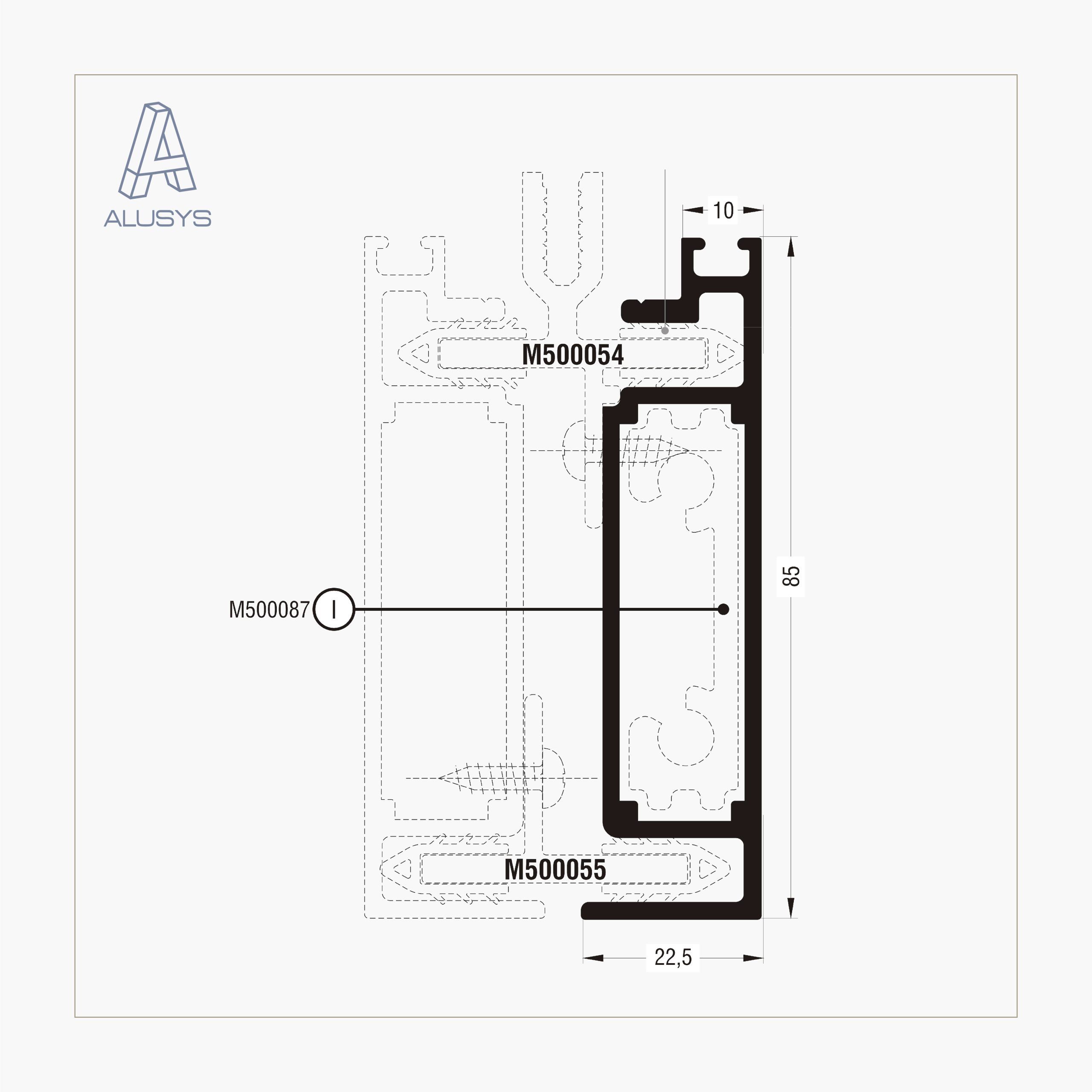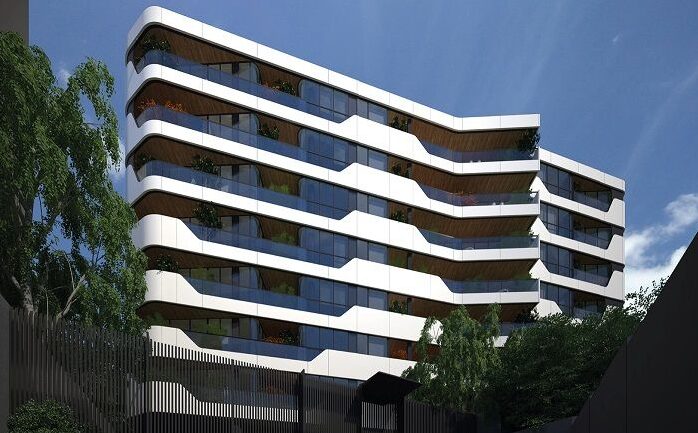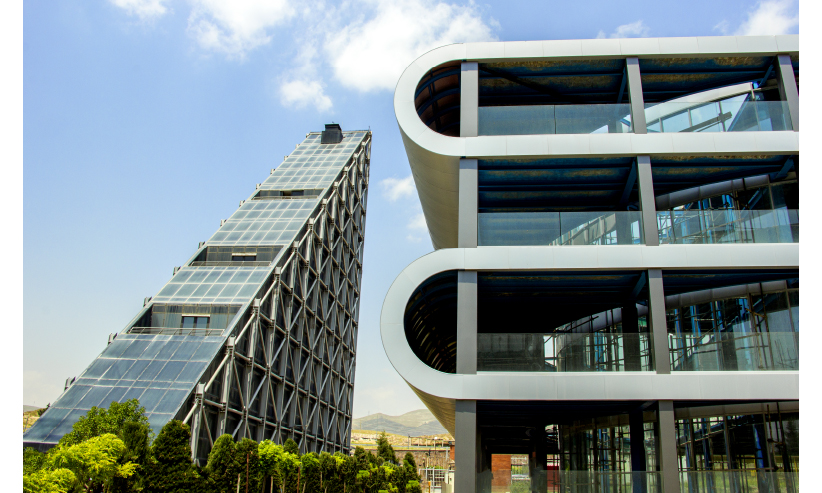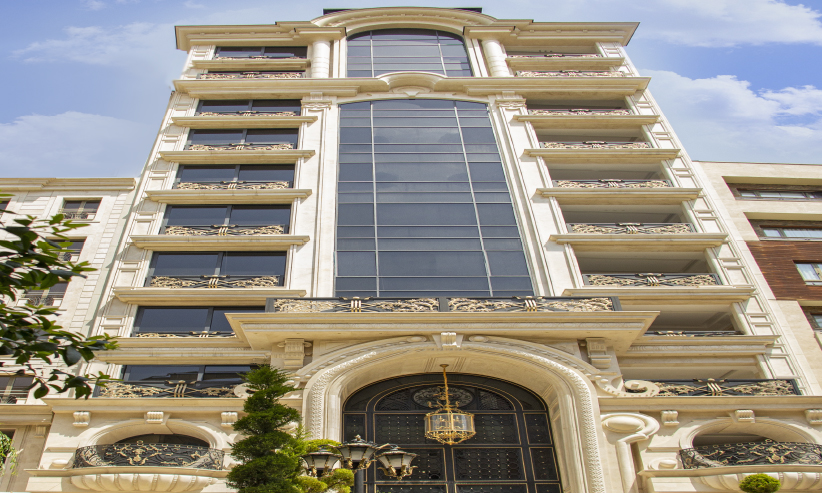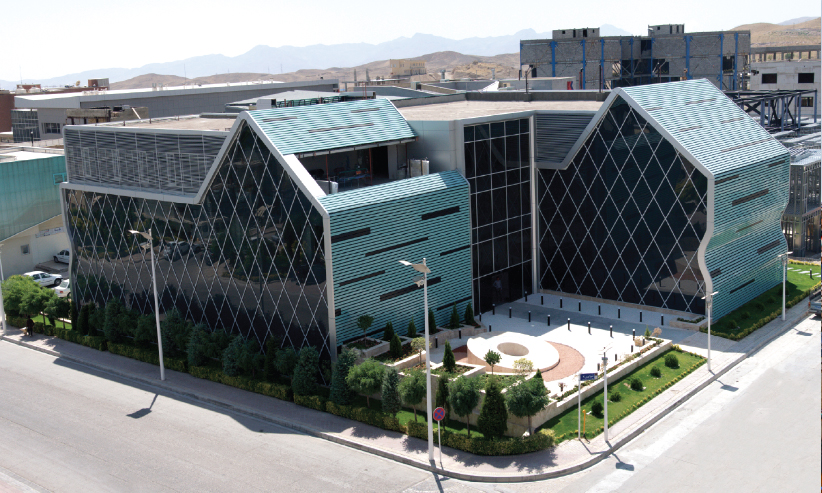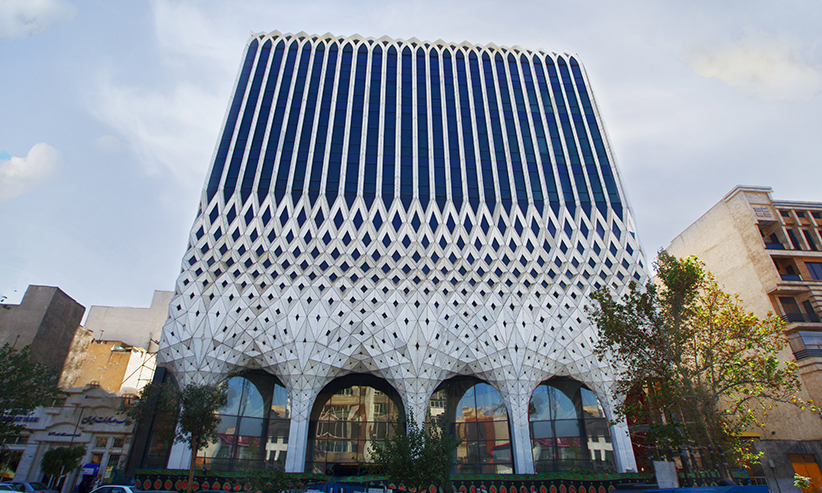All about curtain wall
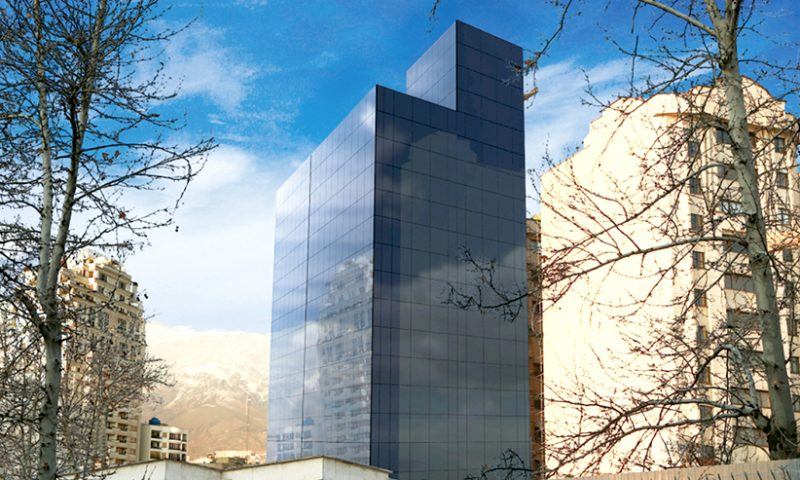
what is curtain wall?
Curtain wall is a term applied to a widely used facade technology for cladding large buildings. They are designed to support their self-weight and to transfer horizontal loads (wind) incident upon them to the primary building structure. The primary functions of the curtain wall are to resist air and water infiltration and to provide a thermal barrier between inside and out. Curtain wall systems are also designed to accommodate the complexities of deflections, thermal expansion and contraction, building sway, and relative movements between floors caused by wind or seismic loads acting on the structure. Special design considerations can include day lighting, thermal, acoustical, security and blast-resistant performance. ALUSYS is well known curtain wall manufacturer in Iran and the Middle East.
curtain wall history
Dating back to the 1930s, curtain wall systems became widely used after World War II. This was at a time when aluminum had only recently become available for civilian use. In the present age, these systems have found equal importance with other structural elements of the building. Due to the fact that they are constantly exposed to the outdoors, they must be properly designed, installed and maintained. In Iran and the Middle East, curtain wall has been used in building design for many years ALUSYS Company is the largest operator of curtain wall in Iran and the Middle East.
types of curtain walls
These facades are divided into two categories based on the place of production: unitized Curtain Walls and Stick Curtain Wall. Now how do you find out which one is right for your building?
unitized curtain wall
The unitized curtain wall system consists of large glass units that are created and coated inside the factory and then sent to the construction site. After entering the installation site, these units can be installed on the building structure. High quality, due to the high tolerance of the manufacturing process in a controlled atmospheric environment, is only one of the salient features of this type of system. Since there is no glass on site, another major advantage is the high installation speed of the curtain wall unit.
In addition, this system can be installed in one third of the time compared to the stick system. In the following cases, it is better to use the unitized system:
- A large volume of prefabricated unit panels is required
- Installation labor costs are higher than factory labor. As a result, more labor transfer to the factory workforce is more cost-effective.
- Need better performance against wind, air / humidity, earthquake or explosion
- For taller structures
Stick Built Glass System
If your project does not meet most of the criteria of the Unitized system, your other option is to use the stick system. The vast majority of low to medium height curtain walls are installed this way. In this system, long pieces of aluminum are placed vertically and horizontally between the floors to transfer the glass load to the structure.
Most of the installation, glazing and coating process for the stick system is done at the project site. One of the advantages of stick systems is its economic compatibility with projects that are smaller in size or have more complex conditions. Delivery time for these types of systems is often much shorter than the unitized system. Therefore provides a reduction in initial construction time. This is much shorter than a unitized system, which takes six months to a year to complete. However, on-site installation in a stick system takes longer. In addition, you may need a significant amount of space to install and store materials at the project site, which can be difficult in many busy cities.
frameless curtain wall
In ordinary curtain walls, the glass on the facade is connected by special holders. The presence of these retainers reduces some of the beauty of the facade. frameless Curtain walls are used to solve this problem. In the frameless type, special fixing adhesives are used to hold the glass and fix it. So we can have a beautiful and solid look without having to find work frames, holders and caps. Of course, frameless curtain walls have higher price than the normal types due to more use of aluminum profiles. Other advantages of frameless curtain walls include no restrictions on the color of the frames and easier installation of glass.
Curtain Wall Ingredients
The components of this category of facade are:
- mullions
- Transom
- glass
- Anchor
Mullions are the vertical component of the curtain wall, whereas transoms are vertical components. The function of these two is mainly related to carrying the dead weight of the curtain wall. You can see these components in the figure below.
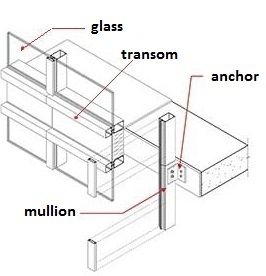
curtain walls advantages
There are many benefits to choosing a curtain wall system as your building facade. We have put them below for you so that you can have the best choice for your next construction project.
excellent at preventing water and air penetration
Curtain wall systems are known for their ability to prevent weather intrusion. They have fewer millions, especially compared to windows. Because the curtain wall system has fewer structural parts, the elements are less likely to penetrate them.
Reduce building fluctuations
n tall buildings, the oscillation of the buildings is uncomfortable for their occupants. Curtain whales help reduce oscillation by scattering kinetic force across the façade. Therefore, these systems make the building safer.
Save more energy
Curtain wall improves the thermal efficiency of a building and reduces operating costs. In addition, the glass used in the curtain wall reduces the amount of ultraviolet rays that penetrate into the building.
curtain wall disadvantages
However, curtain walls have disadvantages over other facade systems. When evaluating your decision, you need to consider these disadvantages to determine if the system is right for you.
Cost more than different types of windows
The main disadvantage of curtain walls is that they cost more to build and maintain than other facade systems. For example, during the construction phase, they need more glass and aluminum than the window system. Also, over time, glass and aluminum can become vulnerable to rust and corrosion, which means they need regular maintenance.
Harder installation
Curtain walls are installed outside the building, which means that their installation can be delayed due to adverse weather conditions. In contrast, windows are installed from inside the building. Therefore, the installation of curtain walls is slower and more expensive.
Detail of the curtain wall hidden opening
One of the beautiful materials of Alusis Curtain Wall Company is the hidden sash model of M50, which you can see in the following detailed images along with the Aluminium profiles map:
Conclusion
Curtain walls have many benefits, especially if your main goal is to keep your building safe and energy efficient. As mentioned, these benefits come at a cost. If you are considering this system as your building facade, carefully evaluate its advantages and disadvantages to see if this design is suitable for your next building project. Here at ALUSYS, we have designed and installed various types of Curtain walls in Iran and the Middle East with affordable price.

